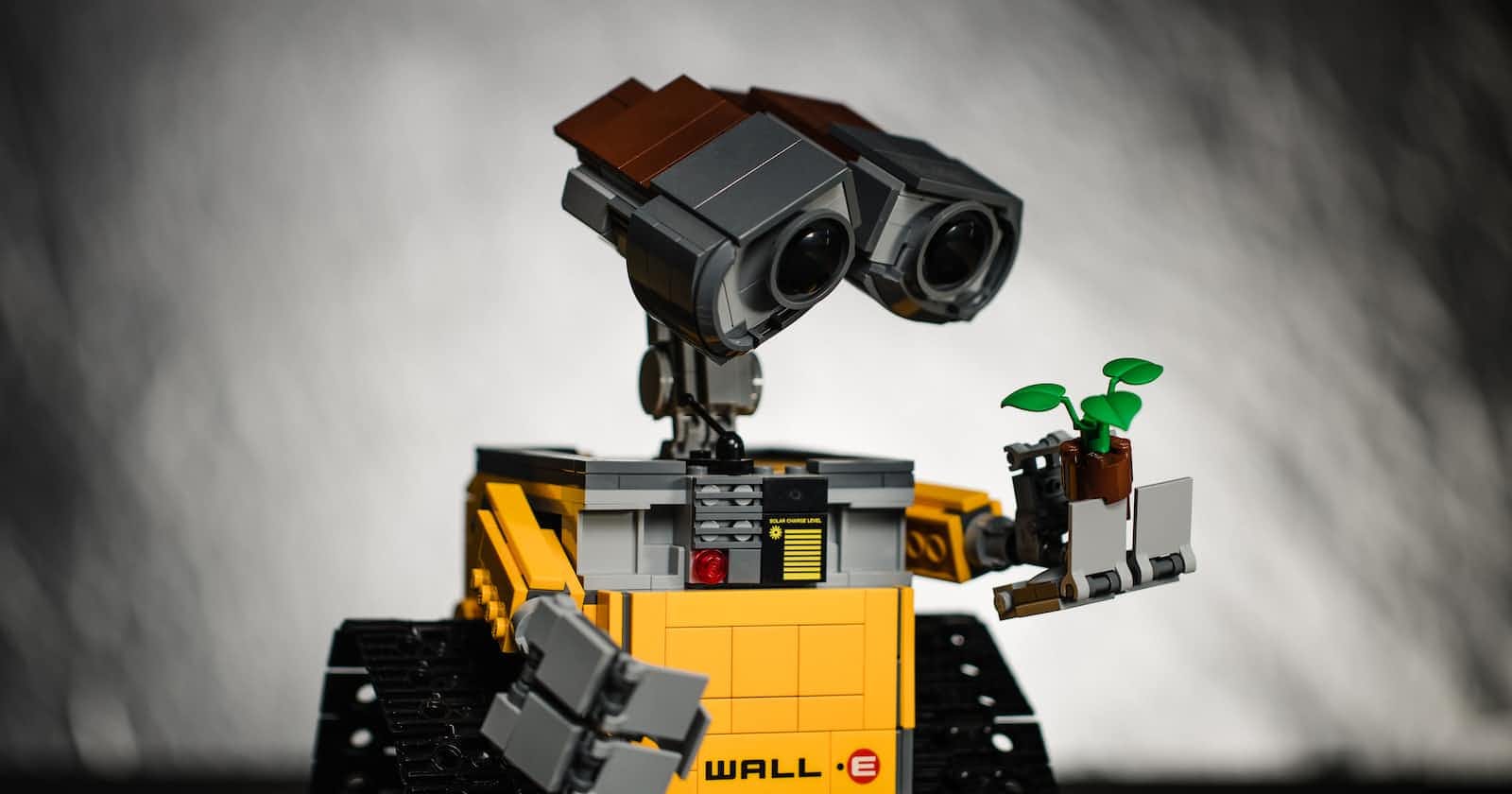I recently visited ScienceCamp-Opti+ at the EAH in Jena, Thuringia. It is for students who are studying engineering in Thuringia.
💡 For detailed information about the camp, you can follow this link.
Introduction
In 2023, the camp focused on robotics and optimisation, with the goal of finding the maximum "concentration" of an imaginary material on unknown terrain using a robot and a learned algorithm.
The camp lasted 1.5 weeks, with the first three days dedicated to campus tours and lectures on optimisation, machine learning and 3D printing. The following days were dedicated to talks from industry experts and working on the actual project.
The project itself had two main tasks:
Create an arm to activate the sensor, which can check the current concentration of hydrogen at the given position.
Developing the software to control the behaviour and algorithm of the robot.
The participants were divided into teams of three, with members from different engineering disciplines. Each team was given a set of tasks, including design, 3D printing and software development.
The camp provided a Python library to control the robot. The library included basic movements and functions to maintain focus. I liked the concept of the whole design. Each robot (the robots themselves were mostly already prepared) had a qr code on it's top. A camera hung over the field and could scan the code. This way the system knew where the robot was. With the location (x and y data) the system could map the concentration at that position and give it to the program.
💡 The concentration maps were generated using Perlin Noise. You can take a closer look here.
Creation Process
Construction
We developed two prototypes of the robotic 'arm' that activates the sensor. We were the only team to choose a gear that drives a rack instead of a robotic arm. The rack is moved up and down by a servo motor. The software controls the servo motor.
You can see our first prototype in the picture below. It was very unstable as the robot tended to fall over due to the weight of our construction. So we had to add weight to other parts of the robot. This made the robot much slower and also had a huge impact on the accuracy of the sensor activation. As you can see, it wasn't a perfect solution!

Once we had identified the problems with the previous design, we were able to create a second prototype, which was:
more cleaner,
more stable and
more accurate than our first prototype.

Software Development
First of all, we had to get the robot running in general. There were some problems because parts of the given library did not work properly. Together with the organisers of the camp, we eventually managed to overcome these initial difficulties. The main reason for the problems was that too many robots were logged into the system but never logged out, and after a while the system became overloaded.
But now came the hardest part. We had to implement an optimisation algorithm. As we had overestimated the time and probably ourselves, we tried to implement one of the most difficult algorithms: Downhill Simplex. You can read about how the algorithm works in the linked article. Basically, the algorithm creates a triangle and checks the concentration at each point. Using this data, it extends and shortens the sides of the triangle to get the (hopefully) maximum concentration. The big advantage is that by extending the path we can skip large parts of the way. So we don't have to use the sensor as often. (which is the most time-consuming part)
We also added that the robot has to go to 3 defined points (a triangle) one after the other. So the robot goes to point 1, starts the algorithm and after X attempts (if no higher value than before was found) it goes to the next point, and so on. Downstream, I also implemented a simulation that allows physically independent (without the actual robot) testing of the algorithms. The repository for this can be found here. (I have to say that this project is not finished yet 😅)
In the simulation it looks like this. The bullet points indicate that the concentration at this position was checked by the virtual sensor:
💡 The brightness symbolises the level of concentration. (Very bright = much concentration)

Conclusion
At the end of the camp there was the final competition. Two aspects were important for the best possible result: The highest possible concentration in the shortest amount of time. With some programming skills and a little bit of luck, we managed to win 1st place in the competition. 🏆
The Opti+ Science Camp provided an excellent opportunity for engineering students to learn and work on real-world problems. The camp also allowed participants to network with peers from different engineering fields, exchange ideas and develop their skills. In addition to the academic programme, the camp also included hostel accommodation, restaurant visits and organised extra-curricular activities. I can definitely recommend ScienceCamp and encourage you to be a part of it in 2024. 🎉🎉
I hope you enjoyed this little insight. If you have any further questions or are interested in specific details, please feel free to leave a comment below. 💻

